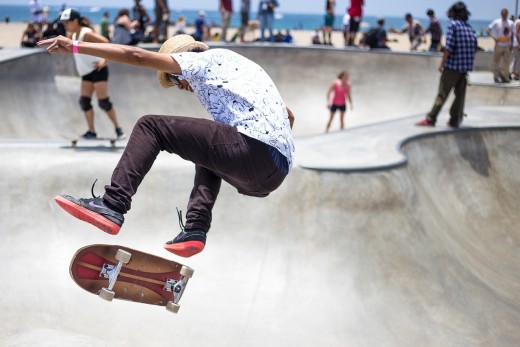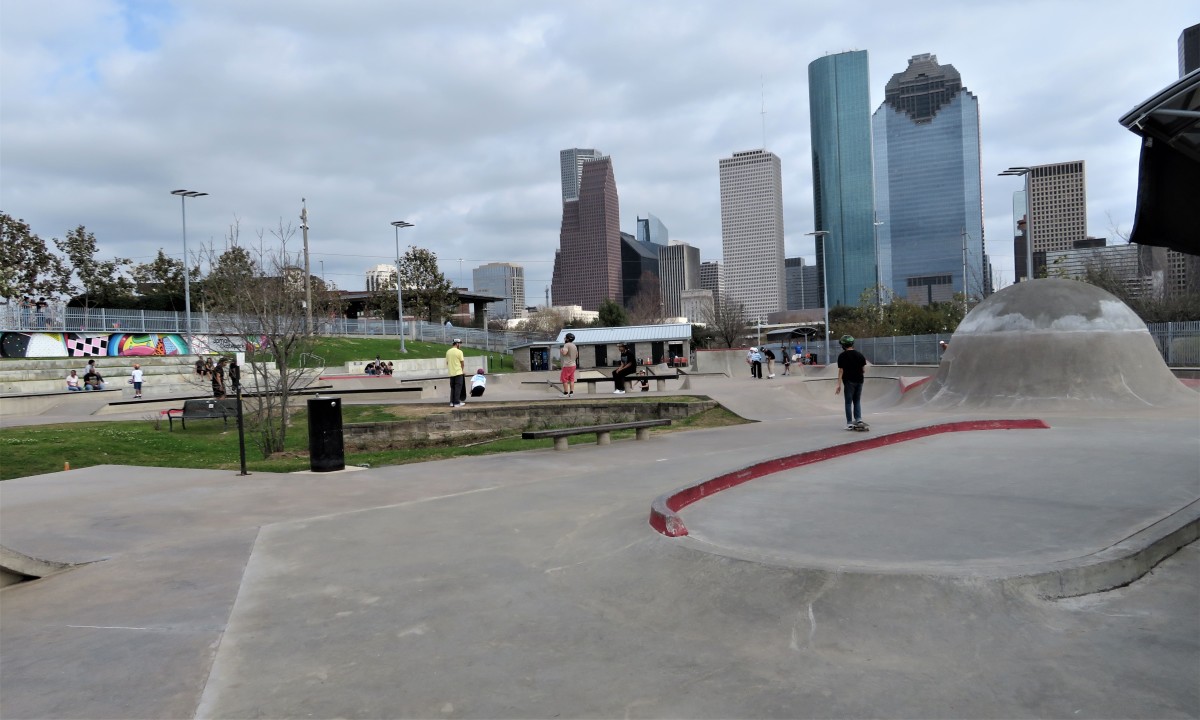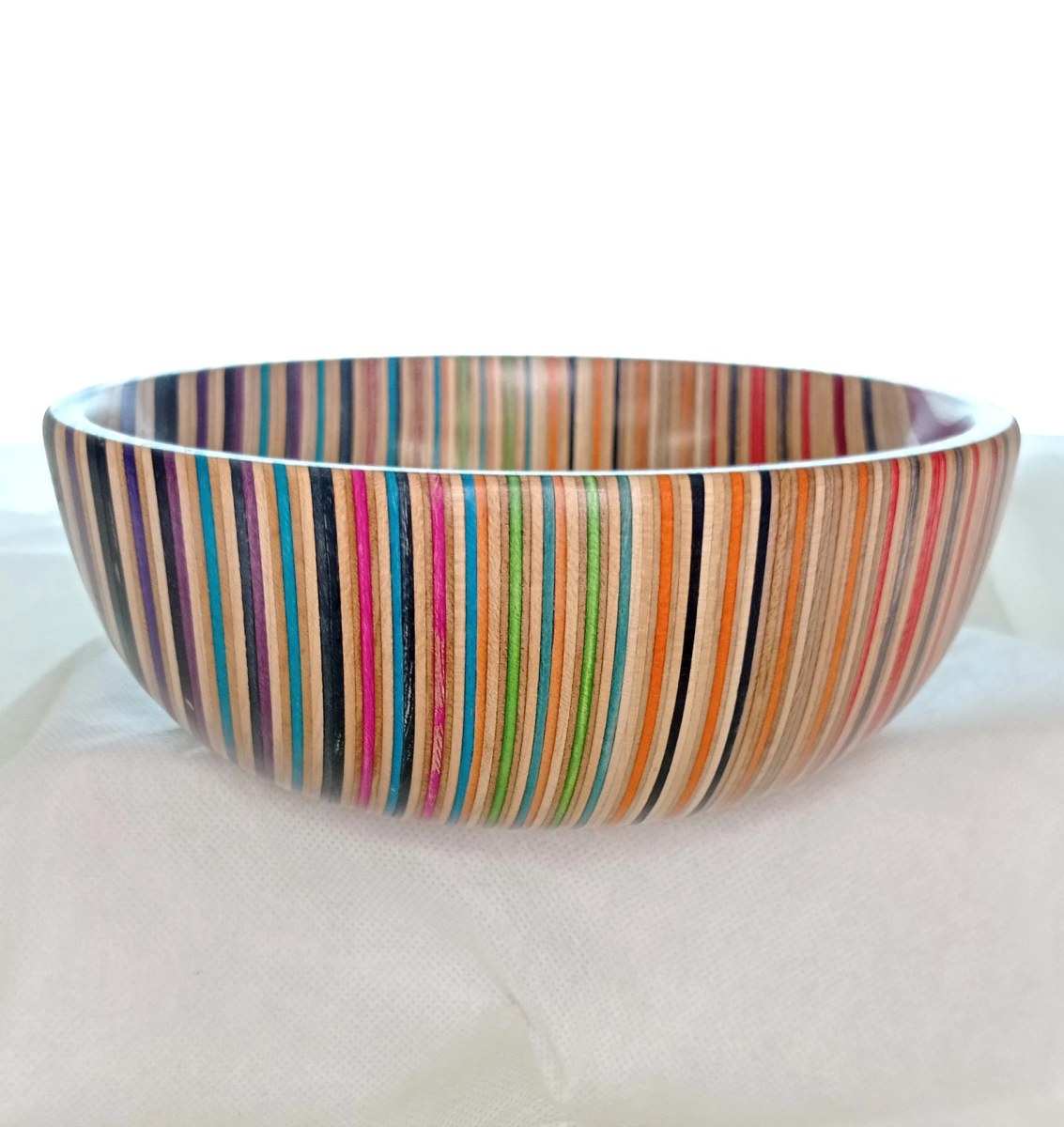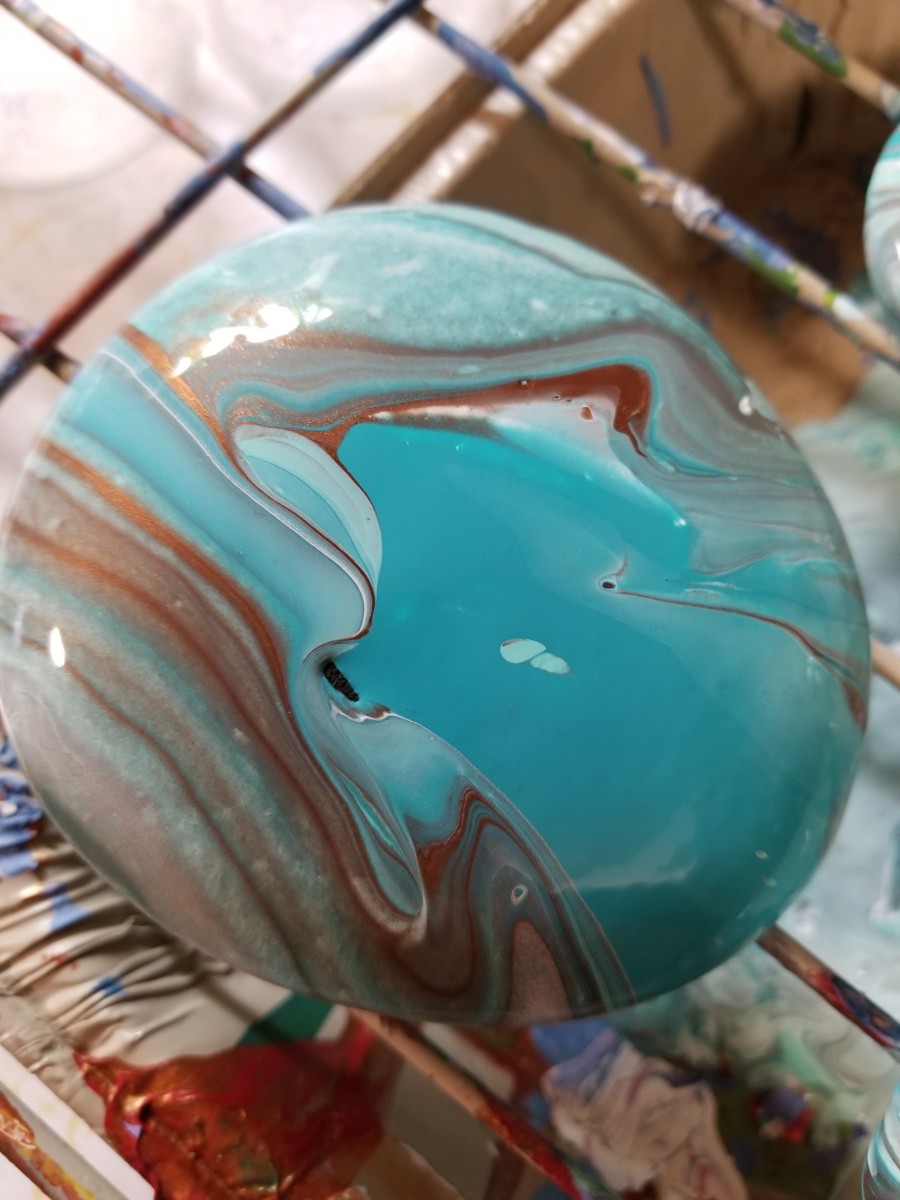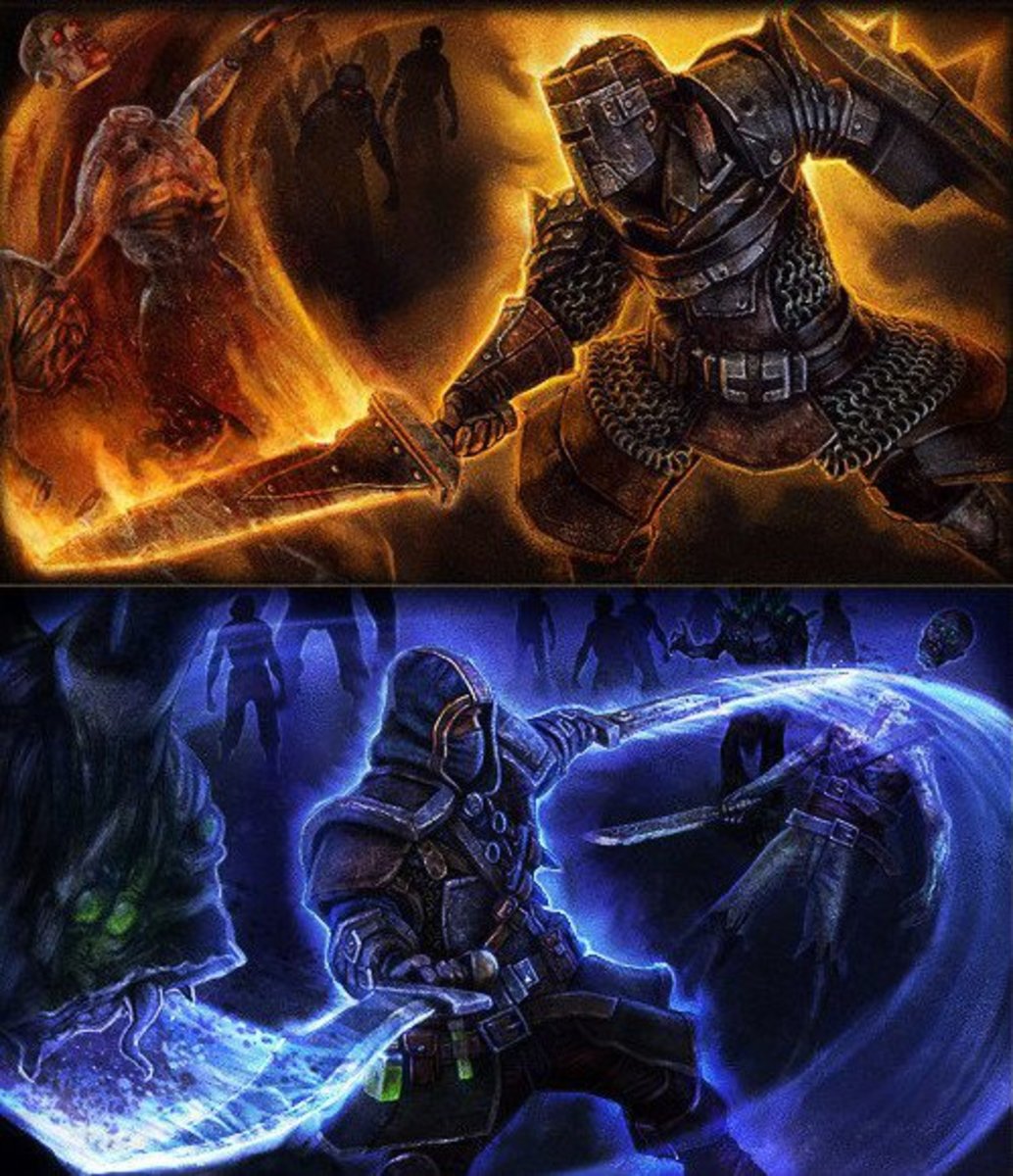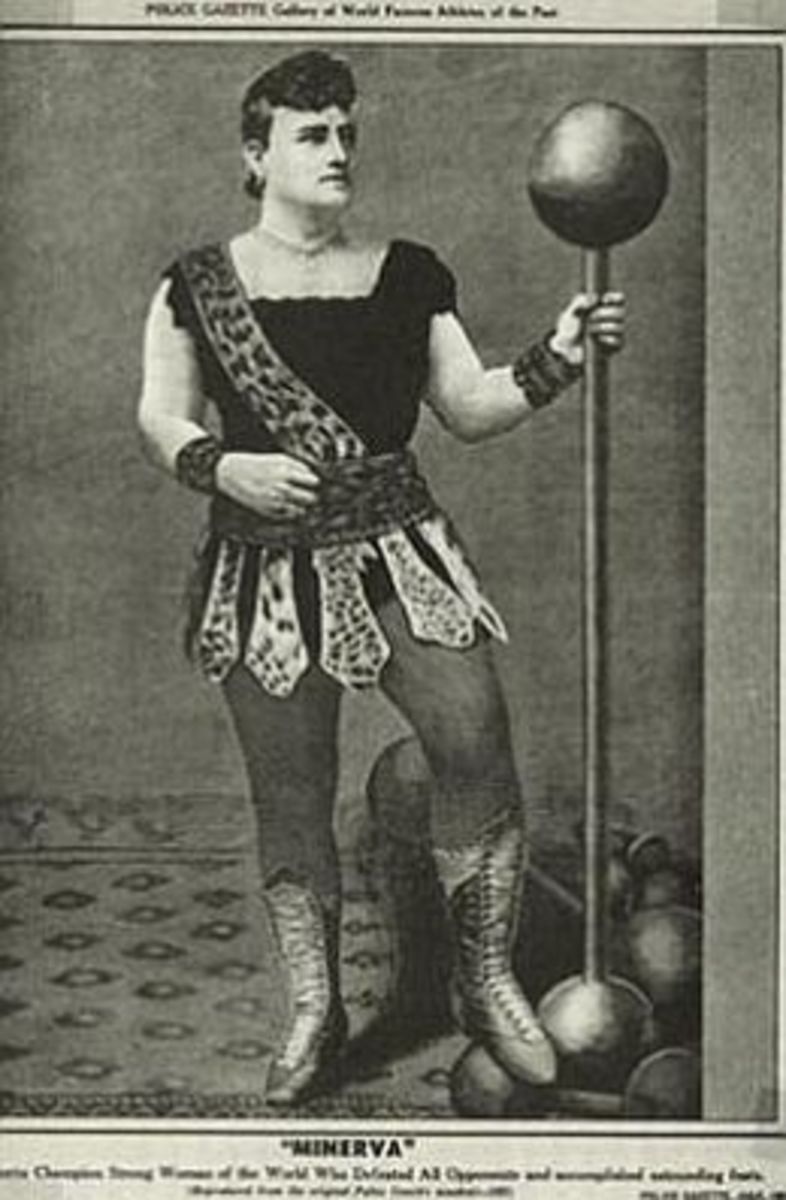What Longboard Skateboard is the Best for You? A Complete Guide for Beginners
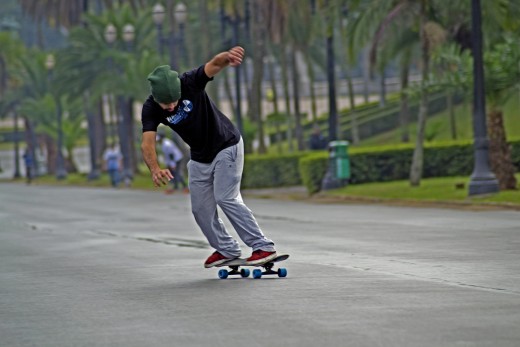
Introduction
Have you caught the hype on longboard skateboards yet? Do you know what these are? As the name implies, they are indeed longer than skateboards, and are said to be more suited for beginners. Its wheels are softer and bigger in size than the classic skateboard, making it speedier and more stable to ride on.
It requires less technique and technical maneuvers, so if you’re a skateboarder (or planning to be one), you’ll see that longboard skateboarding will make you feel more relaxed. In addition, some classic skateboard players have switched because of its suitability to downhill racing, slalom racing, or simply for transport.
Contrary to how simple this sport seems to be, there are different types to choose from, depending on where/how you’re going to use it, and of course, your skill level.
The Three Major Choices
There are three types of longboard skateboards out there:
1) Downhill Longboard (mostly for professionals and downhill racers)
2) Cruiser Longboard (for non-professionals, beginners, and commuters)
3) Freeride Longboard (for intermediate skills, somewhere between downhill racers and cruisers, or both)
Downhill Longboard
The Downhill Longboard requires advanced skills in skateboarding and cannot be used by beginners due to its speed and need for precision. In choosing your downhill longboard, think of these two factors:
- Deck Measurements (length; width is proportional to length). Downhill longboards are typically 37 to 43 inches in length. “Advanced Beginners” are advised to opt for the longer boards (around 40 to 41 inches) because these are more stable in high speeds. Unless they are already very comfortable with downhill paths, then they can try the shorter boards (37 to 39 inches) which are faster, albeit a little bit unstable.
- Deck Style (how high your board is from the ground). You can either go top mount or drop through.
- Top Mount is similar to traditional skateboards where the wheels are placed at the end of the deck and the truck goes to the bottom of the board. It provides more grip and speed control at turns and tight corners. This type of mount is more advisable for the skateboarders who are used to higher speeds downhill.
- Drop Through, contrary to the top mount, is more suitable for the beginner downhill racers. It provides more stability because the trucks are dropped through the board, making your equally balanced through the board.
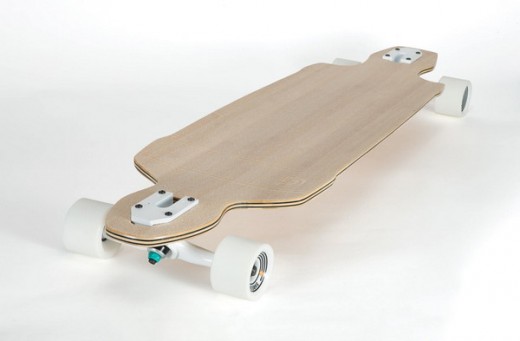
Cruiser Longboard
The Cruiser Longboard is perfect for beginners and is often utilized by some for transportation or “cruising,” as the name implies. It has softer wheels and a bigger board compared to its counterparts, so it is suitable for commuting and driving through asphalt roads.
While the cruiser seems to be the simplest of longboards, there is still a bit of complexity in choosing the right cruiser. You have to consider: deck length (board length from end to end), deck flex (ability of the board to “bend” while), and kicktail (the bent tips at the ends of the board that point upward).
- Deck Measurements (length; width is proportional to length). Cruiser boards are generally 28 to 46 inches in length. As a general rule, the shorter the longboard, the more difficult it is to stabilize in high speeds, so the unspoken rule is to consider the skill level in choosing the deck length. Luckily, the cruiser boards come in different types too, and they have distinct characteristics.
- Short Cruiser Boards. These boards are for the young ones (at age and height) and are typically 28 to 32 inches in length. These are the easiest cruiser boards to maneuver.
- Mid-sized Cruiser Boards. These boards are in the 32 to 42 inch length range and is the “go to” size if you are having a hard time to decide. It is suitable for any rider height.
- Longer Cruiser Boards. These are boards within the 42 to 45 inch length range and are perfect for cruising flat, paved roads. If you want to relax and just “chill” on the road, get one of these. Be warned though that while you get to enjoy long rides with your longboard, you will be carrying quite a heavy load if you decide to stop skateboarding along the way.
- Deck Flex (shock absorption)
- Flexy boards are more shock absorbent thus, they are good to use on bumpy and rocky terrain, and other non-smooth paths. Because it absorbs the roughness of the road, there is less strain on your lower body (knees, ankles, feet, legs), it gives you a more relaxing ride. This type of board though, because it is flexy, demands more body balancing capability.
- Stiff boards, although not as shock absorbent as the flexy boards, are more stable because the board does not “flex” too much and is just like the classic. It is best for bombing hills and speeding.
- Kicktail (bends at the extremities of the board).
- You have the option to get a board with or without a kicktail. That upward bend at the ends of the skateboard is used for doing exhibition tricks and quick movements or maneuvers at curbs and turns. Most beginners and non-professional longboard skateboarders don’t really need this. If you want to put your wheelbase to maximum use, then don’t opt for a kicktail.

Freeride Longboard
If you’re no longer a beginner and are tired of the cruiser but a little bit unsure of the downhill longboard, this is the board that’s perfect for you. Freeride! You can use this board for both purposes – for cruising and racing downhill. How to choose?
- Deck Measurements (length; width is proportional to length). Freerider longboards are in the range of 38 to 42 inches in length. Again, go with the general rule where shorter lengths are less stable but easier to maneuver.
- Deck Style.
- Drop Through are thinner and lighter. Choose a board that is flexy if you want to go freeriding.
- Platform is more apt for beginners since the platform is lower and more stable.
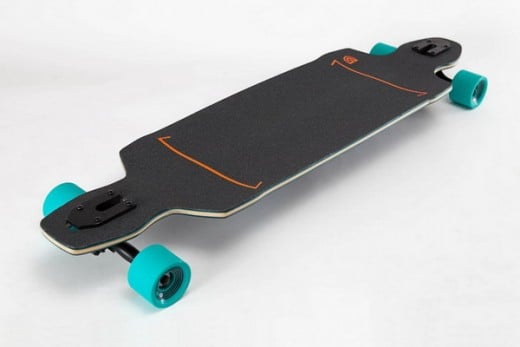
Conclusion
So what do you think is the most important aspect to consider when choosing your longboard skateboards? Well, it is your Skill Level. Be true to yourself when assessing your capability. Match your skill level to the degree of difficulty in maneuvering.
Are you able to skate down steep slopes? Are you just using the board to have a leisurely skate around the village, or to buy snacks at the store? Are you thinking about practicing tricks at the parking lot, at the village park, or at your school’s stairways?
As you have just read, each type of activity requires a different type of longboard skateboard and your assessment plays a big part in your decision making.
Practice so you can do something like this!
